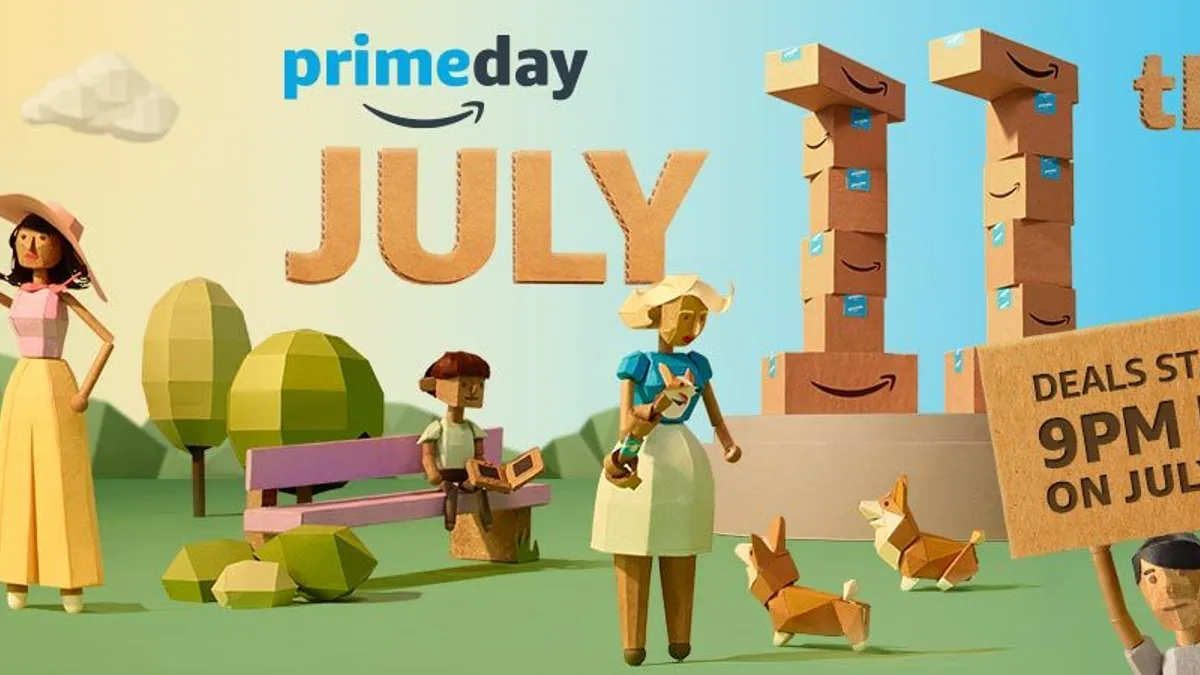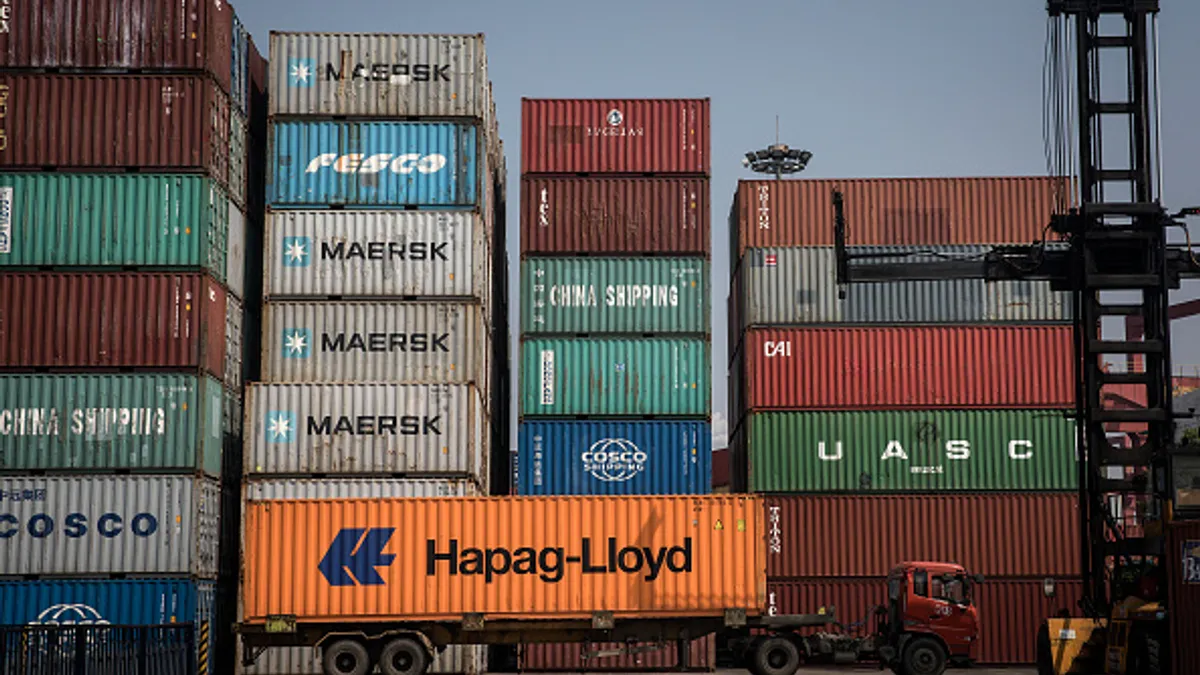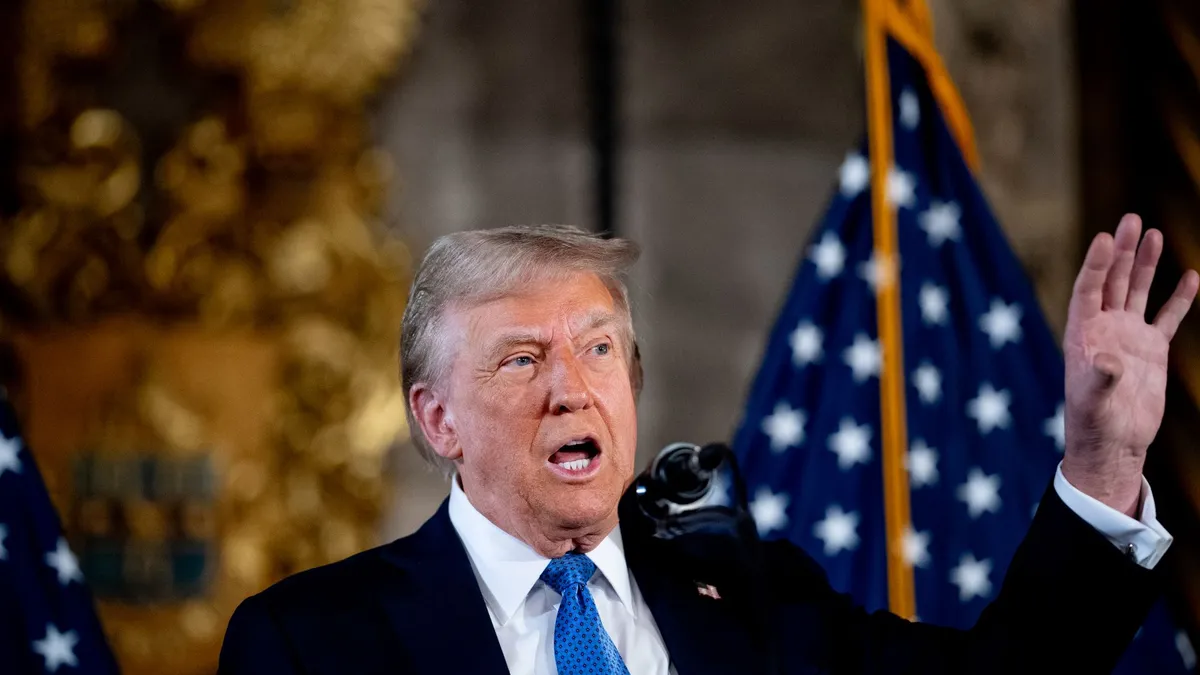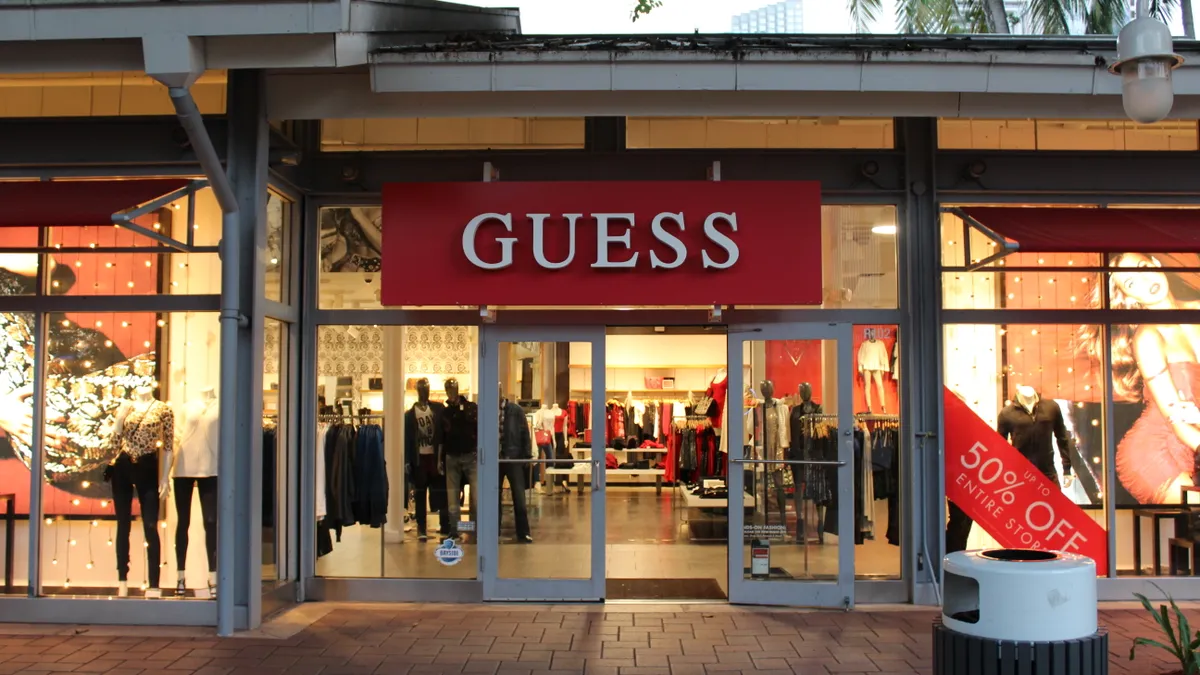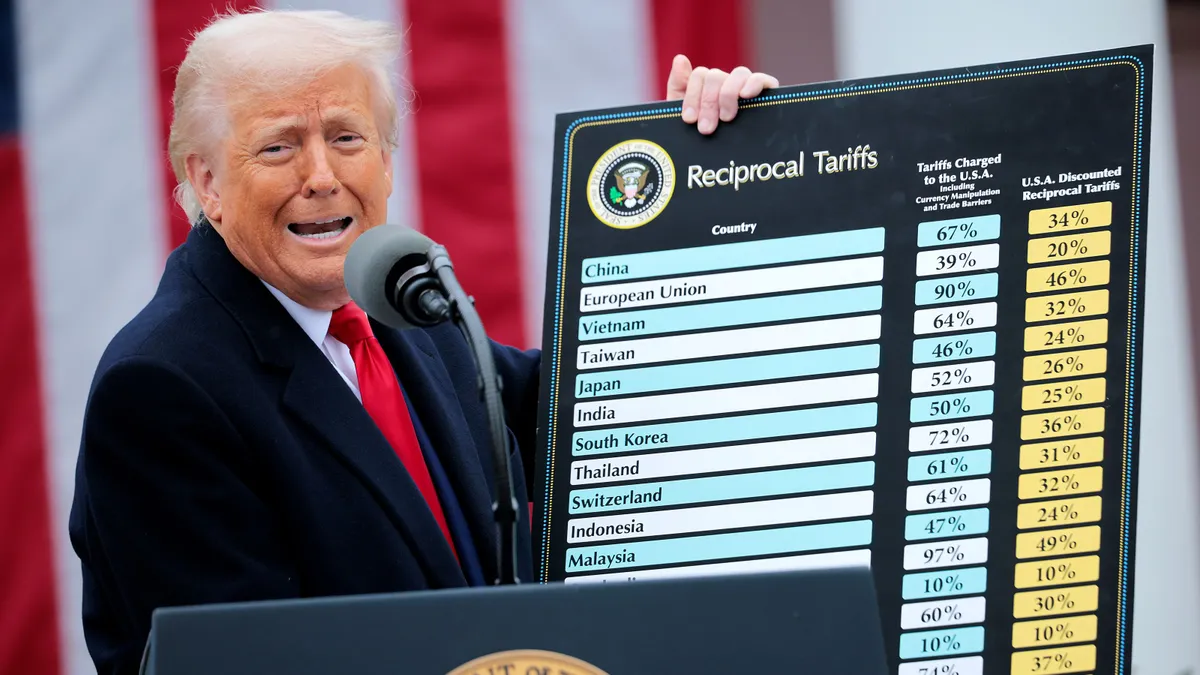Amazon is having an outrageously good year — its stock price has hit an all-time high and it recently announced the acquisition of Whole Foods Market for $13.7 billion — and now the retailer is throwing its own holiday to celebrate: Prime Day.
This year will mark the third annual Prime Day, which began as a 24-hour event similar to Alibaba’s Singles Day. It’s designed to mimic a marathon, with new deals launched every five minutes. This year, Prime Day will begin on Monday, July 10, in advance of the official July 11 start, and will run for 30 hours. But deals actually launched even earlier than that: Early access became available on Friday July 7, with exclusive offers launched through Alexa for members placing voice orders.
Last year, Prime Day was Amazon’s single biggest day in history, with sales up 60% worldwide and 50% in the U.S. over the previous year's Prime Day. And while the nature of what is for sale and whether each deal represents a real value is heatedly debated, there is little confusion as to whether Prime Day is a boon for Amazon. But the retailer’s strategy and reason for Prime Day extends well beyond breaking sales records. The event is more than just a big sale — it’s a massively ambitious bid to deepen Amazon’s reach with U.S. shoppers.
Here are 9 reasons why Prime Day is so important — both to Amazon and everyone else in retail.
1. Trial run
The first Prime Day in 2015 was considered something of a trial run for Black Friday. Many of the specific items on sale were roundly trounced by consumers on social media and the general consensus was that Prime Day served as little more than a fire sale for excess inventory. While the quality of the deals and the products themselves was debatable, the event gave Amazon a low-stress way to test out its systems for the upcoming high volume Black Friday.
Website fails on Black Friday are incredibly costly for any retailer. With Prime Day, Amazon figured out a way to troubleshoot those issues before the most competitive and critical sales day of the year. Both 2015 and 2016 Prime Day sales were plagued with glitches and technical errors. This bolsters the public perception that Prime is riddled with problems, but solving problems is one of Amazon’s great strengths. Prime is the perfect trial balloon to do just that by giving the Amazon team plenty of time to fix any system errors between July and Thanksgiving.
2. Test new delivery options
Prime Day 2017 is differentiated by some new delivery options. Amazon Prime Now has exclusive deals for free two-hour delivery, including perishables such as produce, ice cream and even alcohol.
This takes Amazon fulfillment to a new level. Prime Air cargo planes will also support Prime Day in the U.S. for the first time, according to a statement emailed to Retail Dive. “Amazon’s diverse delivery network continues to expand as it adds new Prime members around the world — from an Amazon fulfillment center to a customer’s home.”
3. Give mobile a boost
Mobile-first is a mantra for all retailers, but Amazon is a clear winner here. Already, U.S. consumers spend more time on the retailer’s app than its website. App Annie predicts that shoppers will spend a record 5.5 million hours collectively in the Amazon Android phone app, a 35% bump from Prime Day 2016, according to a statement emailed to Retail Dive.
"Retailers are pushing apps because it gives them 24/7 access to their customers," Phillip Dengler, who tracks Prime Day and other deals for BestBlackFriday.com, told USA Today. "On Prime Day, it becomes even more important for Amazon to have the Amazon App on as many devices as possible. Amazon customers who are maybe not even thinking about Prime Day may become curious after receiving a notification from Amazon via the app.”
Already more than 76% of digital shoppers have Amazon’s app, according to a report by Millward Brown Digital. Expect those numbers to rise after Prime Day 2017 — app orders doubled during the event last year.
4. Grow grocery
Amazon has dominated nearly every category it has entered but two: Grocery and apparel. The $13.7 billion announced acquisition of Whole Foods Market will help rectify the former — look for Prime Day deals in this category to draw shoppers to the AmazonFresh service.
Expect the retailer to do its best to get Prime members to pony up the additional monthly fee for AmazonFresh, try Prime Pantry, sign up for a monthly replenishment program or try a meal kit.
5. Grow apparel, too
There are plenty of new things to promote in Amazon’s apparel program including private label basics and lingerie; a new althleisure line; and the latest try-before-you-buy initiative.
New research from Fung Global Retail & Tech shows how far Amazon has come in the category, but also how much it has to go. Apparel sales have shifted online: 73% of women surveyed have bought womenswear online in the past year but brick-and-mortar still dominates with 87% of women buying apparel most often at physical stores.
While 23.2% of those surveyed have shopped for apparel at Amazon — up from 14.5% in April 2013 — only 1.9% said Amazon was where they shopped most often for clothes. Kohl’s, Walmart and Macy’s still dominate here and Amazon will try to use Prime Day to grow category penetration and shift shoppers from other popular merchants.
6. Lift all retail boats
Amazon’s 30 hours of deals are pushing competitors to discount items in response, particularly in apparel.
“To compete with Amazon, retailers such as Macy’s, Kohl’s and Best Buy have already announced deep discounts around the same time as Prime Day,” Ohad Hagai, vice president of marketing at analytics firm Feedvisor, wrote in comments emailed to Retail Dive. “These deals indicate that the impact of Prime Day will be seen and felt everywhere, and not just on amazon.com.”
Discounts in the past six weeks have already increased, according to Katie Smith, senior fashion and retail analyst at Edited. The average discount is currently 39.9% off with Lord & Taylor, Bluefly, ASOS, Neiman Marcus and Bon-Ton leading the pack, Smith told Retail Dive in an email.
“While last year there was little response by online retailers to Amazon Prime Day, this year we’ve witnessed a deluge of discounts ahead of July 11 — particularly in apparel,” she said. “However, discounting shouldn’t be the knee jerk reaction to driving sales — shrewd retailers will dig into their data and trends to boost overall performance this year.”
Be it discounts or differentiated marketing, retailers stand to gain as Prime Day could boost sales across the web. In 2016, there was 15% increase in visitor traffic across a variety of retail websites on Prime Day compared to a typical day, according to Bazaarvoice. Additionally, the number of orders increased by 38% and conversions jumped 19%.
New research from Bazaarvoice emailed to Retail Dive shows that 76% of Prime Day shoppers visit other major online stores to research product ratings and reviews before making a purchase on Amazon. Walmart tops this list with 46%, followed by consumer electronics websites (45%), Target (40%), home improvement websites (39%) and brand websites (39%).
“As one of the biggest online shopping days of the year, many consumers discover and try new brands on Amazon Prime Day,” said Sara Spivey, chief marketing officer at Bazaarvoice. “But participation in Prime Day is not the only way for brands to get in front of online shoppers. As our study and network data show, consumers are researching and buying products across multiple online retailers on Prime Day and the availability of ratings and reviews across these retail channels can help inform and influence their purchase decisions.”
7. Marketplace boom
Amazon’s Marketplace continues to grow in importance. The program is a great boost to the company’s bottom line. It's far more economical to host other merchants and provide the platform rather than source product, manage inventory — and everything else in between.
Marketplace sellers this year are gearing up for the biggest Prime Day yet, according to BestBlackFriday.com. “For individual brands and Marketplace sellers, this is really a great opportunity to showcase their products and introduce their brand to new customers,” according to an emailed statement. “We have already been contacted by numerous Marketplace sellers with their deals, and all of them are excited to take part in what will be one of the biggest shopping days of the year."
Last year, shoppers ordered 34.4 million items, or 398 items per second, Feedvisor’s Hagai told Retail Dive. “This year is different in that Prime Day is set to be a 30-hour affair rather than a 24-hour one, with Prime deals running the entire week. As a result, Prime Day sales are expected to easily surpass last year’s sales.”
"For these reasons, Prime Day 2017 will be an incredible opportunity for Amazon sellers to grow their business. They will be able to leverage the huge increase in traffic to achieve their goals, such as introducing a new brand, maximizing sales or liquidating inventory,” he said.
8. Amazon product showcase
Amazon products such as the Echo and Fire TV devices have taken center stage on Prime Day. The retailer saves its best deals on these popular items for Prime Day in order to drive adoption of critical technology.
Offers on Amazon products include 50% off the Amazon Echo, $15 off the Echo Dot and $30 off the Kindle Paperwhite. The list, emailed to Retail Dive, is a long one. Rest assured there’s a deal for pretty much every Amazon-branded device, including Amazon Music Unlimited with the purchase of another select device.
9. Expand Prime
With every Amazon device purchased, shoppers become more invested in and locked into the Prime ecosystem. This is the real goal of Prime Day.
There are few things more important to CEO Jeff Bezos than increasing Prime members, improving loyalty and creating ways to attract and keep shoppers in the Amazon ecosystem — a growing web of products and services that make it so easy for shoppers to use Amazon for everything that all other businesses are forgotten.
AmazonPrime now boasts some 85 million U.S. members, according to new research from Consumer Intelligence Research Partners. Amazon doesn’t break out membership numbers but third parties are happy to estimate.
Prime is the envy of retailers the world over. These members spend more on average than non-members — roughly $1,300 per year compared to $700 annually for non-Prime members, according to CIRP. And Prime is growing fast. CIRP estimates membership jumped 35% from June 2016 to June 2017.
After Prime Day 2017, expect those numbers to be even more impressive.


